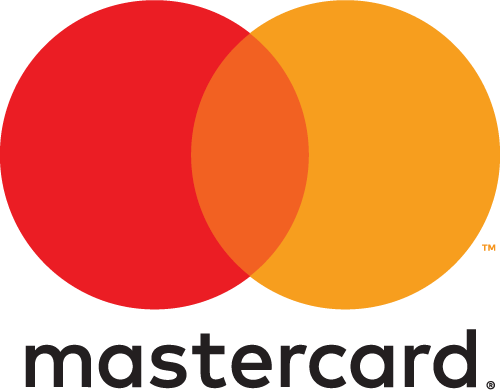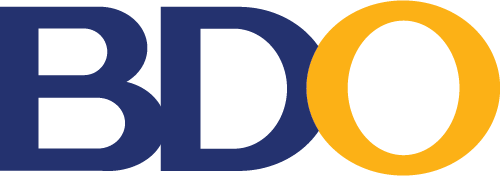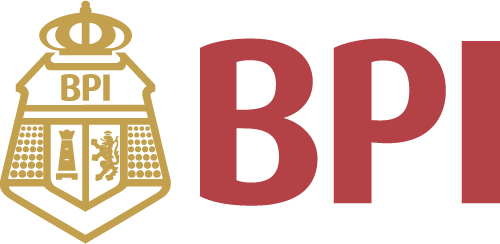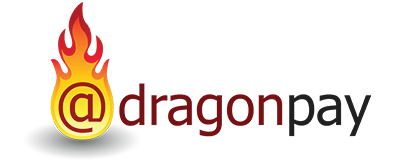All Categories
Using Data to Close the Achievement Gap: How to Measure Equity in Our Schools
Share Tweet
*Price and Stocks may change without prior notice
*Packaging of actual item may differ from photo shown
- Electrical items MAY be 110 volts.
- 7 Day Return Policy
- All products are genuine and original






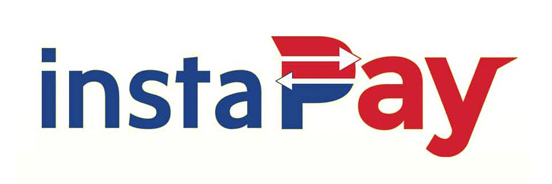
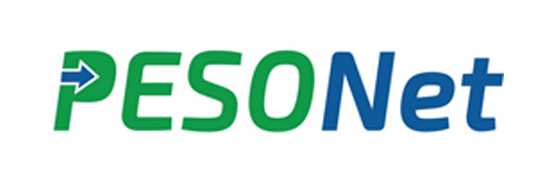
About Using Data To Close The Achievement Gap: How To
Product description This updated edition of Setting Our Sights outlines the five stages for equity reform while clearly explaining research findings and offering practical tools and examples. Review "Dr. Johnson’s work provides both the philosophical and practical blueprint for transforming public schools into the learning communities we want and need. Leaders will find the book to be the most useful document to guide and inform their efforts to close the gap and maximize learning for all students." -- Joseph Burke, Superintendent of Schools "If the goal of all students reaching high standards is to be met, Using Data to Close the Achievement Gap should be required reading for all teachers and administrators. It should also be an integral part of the course of study for those preparing to teach in the United States." -- Vinetta C. Jones, Dean, School of Education "With this visionary and user-friendly resource in hand, all educators―teachers, counselors, and administrators―can and must make data part of a lifelong practice to ensure high achievement for all students." -- Laurie Olsen, Chief Program Officer "From her penetrating analysis of current research, policies, and practices, and her wealth of experiences working with school districts around the nation, Johnson clearly makes the connection between using data and achieving equitable outcomes as districts and schools struggle to close the achievement gap." -- Aukram Burton, Diversity/Multicultural Specialist "This book represents a significant contribution to the national debate around school reform. Ruth Johnson presents a thoughtful, well-documented treatise on how educators, policy makers, and parents can use data to set achievement goals and measure school progress toward these goals." -- Walter Allen, Professor of Sociology About the Author Ruth S. Johnson is a professor emeritus at California State University, Los Angeles. She has served in a variety of educational settings in New Jersey and California. Ruth received her Ed.D. in 1985 from Rutgers, The State University of New Jersey. Her dissertation was titled An Exploratory Study of Academic Labeling, Student Achievement and Student Ethnographic Characteristics. At the K–12 level, she served as a classroom teacher, an instructional consultant, a director of elementary education, an analyst, an assistant superintendent of schools in the areas of curriculum and business, and as a superintendent of schools. She initiated efforts that resulted in raising academic standards and student achievement in low performing school districts. She served as an education consultant for the New Jersey Department of Education and as a director for two non-profit organizations in California which focused on raising student achievement in underserved student populations. Her major scholarly interests and publications focus on processes related to changing the academic culture of urban schools, with an emphasis on access and equity. In addition to her four published books, she has written numerous book chapters, articles, editorials, research reports, and manuscript reviews. As a recognized speaker, she has presented nationally to scholarly and professional audiences and serves as a consultant to schools and districts.


















